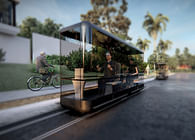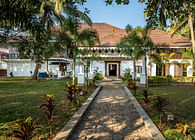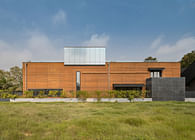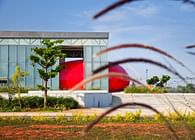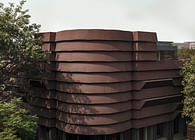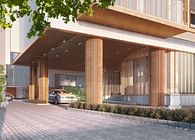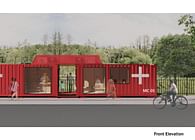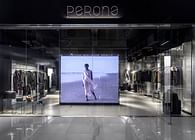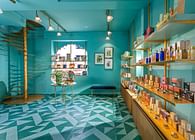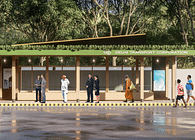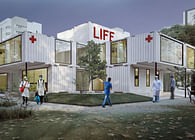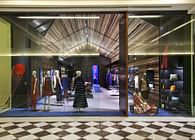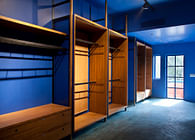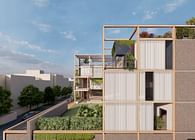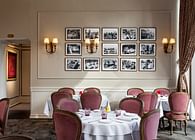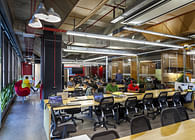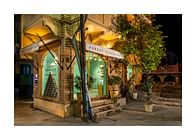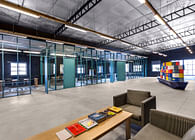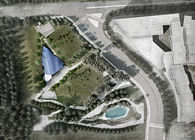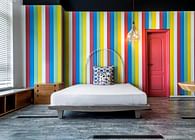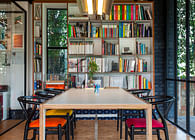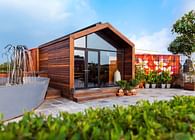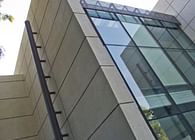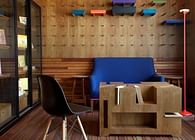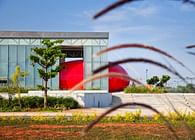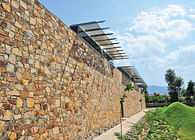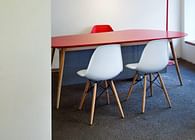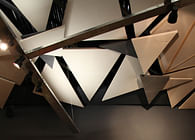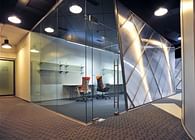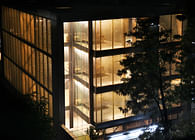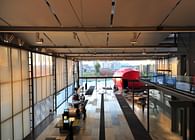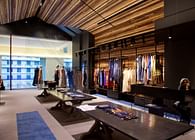
New Delhi, IN
At Hannover Messe 2015, official partner country India showcased its technological advancements, manufacturing capabilities and investment opportunities to the world. The Indian delegation comprised of 400 companies, 6 ministries, 14 state governments and 120 top Indian CEOs. The India pavilion showcased the limitless potential of India as a design, innovation, manufacturing and export hub. Exhibitions and interactive installations demonstrated the depth of what India has to offer as a manufacturing partner: 1.2 billion empowered citizens, a vast pool of resources, unstoppable entrepreneurial energy and a highly investor-friendly business environment. The Indo-German Business Summit, seminars, presentations and cultural shows punctuated the five days of the event.
The focus of the India pavilion, an artistic assemblage of info graphics and interactive installations that display information about the core sectors of the Indian economy—biotechnology, renewable energy, space, wellness, industrial corridors, automotive industry, infrastructure in the north-east region, and skill development, among others. Elements such as digital screens and exhibition-pod walls depicted highly technical data in visually arresting ways. The India pavilion stood out as towering proof of India’s capabilities for potential investors from across the world.
The Make in India pavilion at Hannover Messe 2015 exhibited the magnitude of India’s potential as a manufacturing and investment partner. The pavilion positioned India’s advancements across industrial sectors on the bedrock of its rich culture and idiom. History and memory were the two vital aspects of the design strategy.
The pavilion’s geometry was rooted in the Navgriha and Vaastu principles, representing India’s profound tradition of peaceful progress. The Chakra, deconstructed to create a four-petal flower form, invoked immediate nostalgia. Each petal transformed into an exhibition pod, with vibrant displays of data, infographics and installations that illustrated the vast range of opportunities India has to offer.
Elements had been extracted from India’s material memory. Indigenous materials such as brass, wood, textile and metal evoked the country’s legacy of craftsmanship. A patterned carpet depicted the dyeing technique of ikat, while the pods, texturized with woven fabric, reminded us of India’s highly skilled chataai weavers. The backdrop walls used the Indian jaali or lattice, rendered in glass and steel to give it a modern edge. Contemporary materials had been utilized to build traditional patterns and motifs, setting the stage for creating new memories and histories.
The symbols were chosen on the basis of their inherent quality that acted as a resource for the design technology to truly represent the grass roots and the advancements of the nation.
The sculptured lion is an artistic rendition of India’s immense industrial capabilities. Its compartments represent the twenty-five core industry sectors of the Indian economy. Natural elements and engineered products have been embedded to depict the vast manufacturing and investment potential of each sector. The lion showcases the spirit of innovation that underscores all enterprise in India.
Other installations in the pavilion included a Smart City made of glass and light, portraying the government’s integrated approach to improve the efficiency of operations across 100 chosen cities, the quality of life for citizens, and the local economy; models of India’s top satellites and space launch vehicles; and samples of electronics conceptualized or manufactured in India. Smart city immersive model
An inclusive view of Dholera special investment region (SIR), Gujarat, portraying an integrated approach to improve the efficiency of city operations, the quality of life for citizens, and the local economy is displayed through an immersive model.
Status: Built
Location: Hannover
Firm Role: Architects
Additional Credits: Name of Client - Department Of Industrial Policy & Promotion (DIPP) Government of India
Design Team - Heena Bhargava, Chitrang Jha, Sarat Nair, Yashvardhan Khemka, Pankul Bharti
Photographer - O. Vosshage
